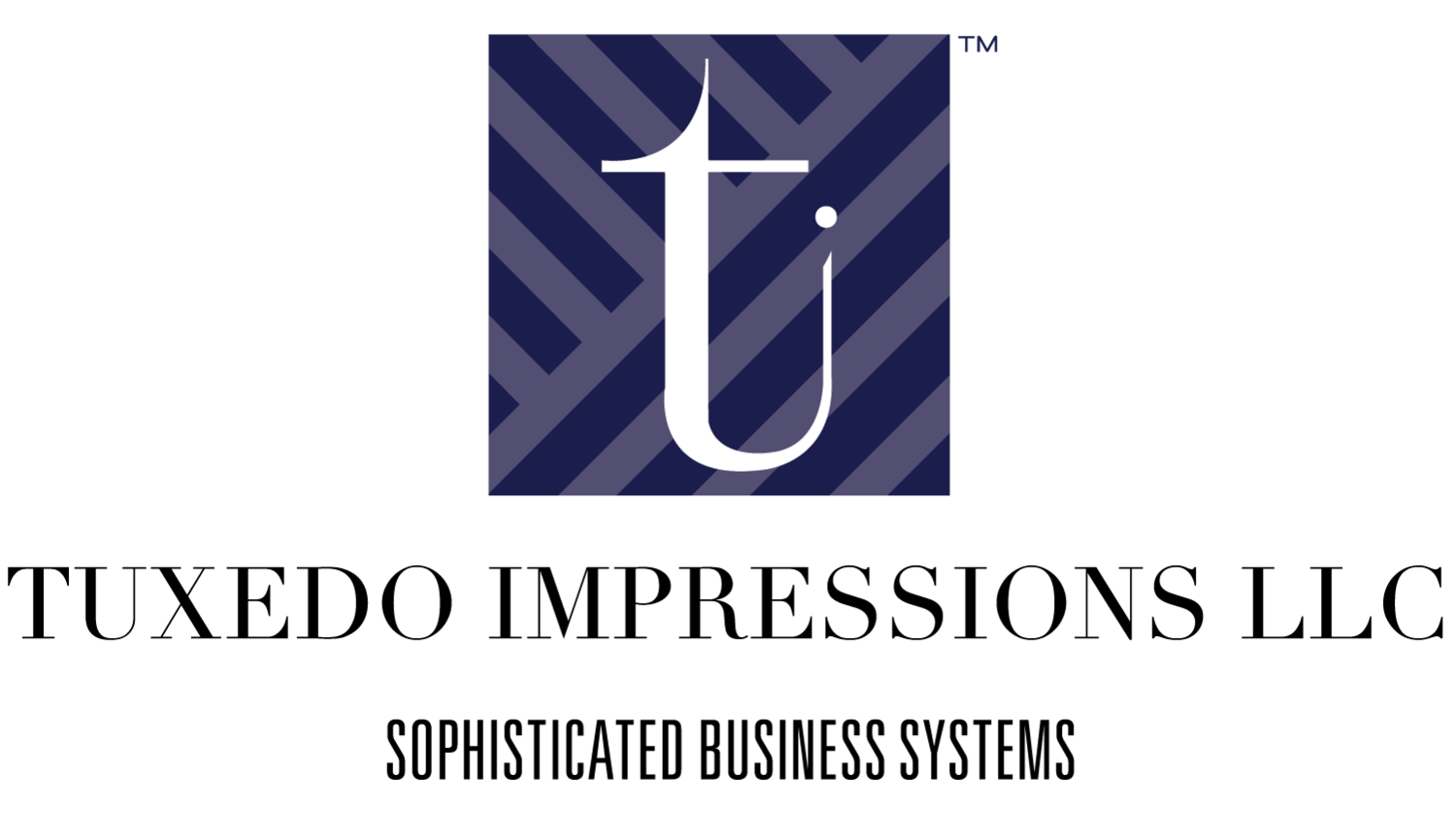Over the years automation has become an integral factor in the growth, development and innovation of businesses and nonprofits alike, as it allows organizations to free up more time and direct more energy into creating a strong workflow. Installing software to help cover repetitive or menial tasks has become one of the best ways for any organization to work efficiently and smartly.
Here are some ways a nonprofit can automate their organization.
#1 Implement a customized CRM
Customer relationship management (CRM) software is a system that compiles data about volunteers, members, donors, and sponsors of the organization. It allows the organization to create user accounts for both the stakeholders and the administrative staff, and it automates certain repetitive tasks in order to lessen the workload of the employee, which allows the staff to allot their valuable time towards other more important things.
Not all CRM software is necessarily a good fit for your nonprofit, so it’s beneficial to have your administrative team review the various types of systems available. Some key factors to look at, as you analyze your options, may include grant management, program management and membership management. This centralizes and automates processes and tasks between administrators as well as deliverables to constituents and sponsors. You may also want to consider the pros and cons list below as you review what CRM systems are available for your nonprofit
Pros
- Employees can save time and effort in accomplishing their tasks.
- Data is safe and secure.
- Donors and sponsors will continue trusting the nonprofit because of its technological advancements and adaptations.
Cons
- Choosing the right CRM can take time.
- Users will need to get accustomed to using new software.
- Some people may be skeptical about sharing their personal and private details.
Reviews of various types of CRM software can be found on Salesforce, Capterra, and Software Advice.
#2 Synchronize your fundraising platform with your email subscriber list
Nonprofits typically use fundraising platforms that allow them to appeal to the masses to donate their money to a specific cause, but because people have become skeptical of online fundraisers in the past few years, it can be hard to really give potential donors an inside look at the heart of your organization. Linking the fundraising platform to an email subscriber platform such as Mailchimp could be quite helpful in situations like this.
This would allow nonprofits to directly communicate with their donors and sponsors whenever a donation is made. Acknowledgement of gifts given is vital to keeping donors happy. It not only expresses gratitude, but it also assures them that their gift matters and will be used for what you said it would. Moreover, automating emails can alleviate the workload your volunteers have, as it lessens the amount of time spent designing or crafting the format of the email since the creator can save it as a template for future use.
Pros
- Saves time and effort on the part of the volunteers
- Instead of starting from scratch, there are email templates that the nonprofit can use as reference.
- Emails can be scheduled for peak days and times that the recipients are online.
Cons
- Can be a learning curve
- When the wrong buttons are pushed, users can send the wrong template or email to the whole list.
- If recipients belong to different time zones, users might need to create more than campaign for each time zone.
#3 Automate Volunteer Management
When the word nonprofit is mentioned, the first thing people usually think about is volunteer work. Volunteers are the lifeblood of nonprofits. Without volunteers, nonprofits would not be able to operate. Now, with technology, nonprofits can automate how their volunteers are managed. Implementing CRM software will allow nonprofits to manage communication, assign tasks prior to meetings or events and brief the entire staff. Moreover, volunteers can choose the projects they want to work on and even modify the settings regarding how frequently they receive email communication from the nonprofit.
Pros
- Attract more volunteers because of how systematic the whole process is.
- Easily create, manage and organize the volunteers’ data.
- Tracking volunteer activity is easy.
Cons
- When faced with new technology, this can be a learning curve for the whole organization.
- There are times when data can be mixed or moved with another person’s data.
- When too much information has been gathered, some volunteers may not be contacted at all.
~ Maria Kristine, Team Tuxedo Impressions LLC™










